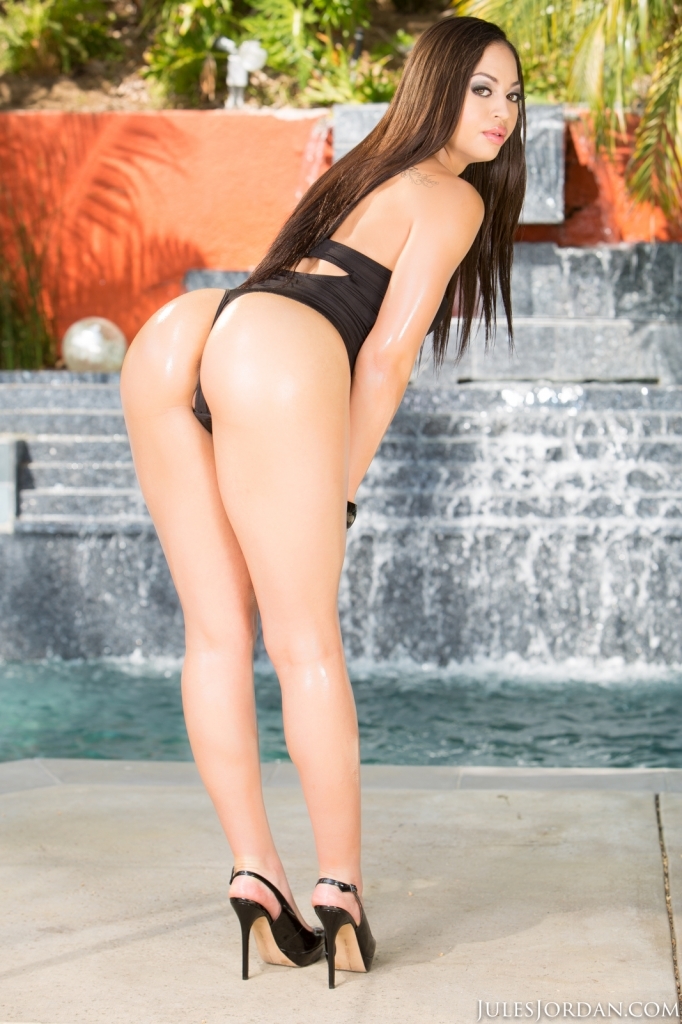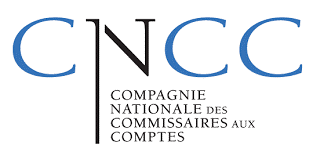
Erotic literature has been a part of human culture for centuries, from ancient Chinese erotic texts like the « Jin Ping Mei » to the more modern « Fifty Shades of Grey. » The genre has evolved significantly over time, reflecting societal attitudes towards sex and sexuality.
At its core, erotic literature is designed to arouse the reader and provide a sensual escape. These stories often explore complex themes such as desire, power, and taboo. In many ways, the genre serves as a safe space for readers to explore their own fantasies and boundaries.
One of the earliest examples of erotic literature is the « Kama Sutra, » an ancient Indian text that dates back to the 4th century. The text provides detailed instructions on sexual positions and techniques, indian porn as well as guidance on maintaining a satisfying romantic relationship. Despite its explicit content, the « Kama Sutra » is considered a classic of Indian literature and has been translated into numerous languages.
In the modern era, erotic literature has taken on many forms. From short stories to novels to online blogs, the genre has become more accessible than ever before. With the rise of the internet, erotic literature has also become more diverse, with a growing number of authors exploring themes such as LGBTQ+ relationships and BDSM.
However, the genre has also faced criticism and censorship throughout history. In the United States, the Comstock Act of 1873 made it illegal to send « obscene, lewd, or lascivious » materials through the mail. This law had a significant impact on the distribution of erotic literature and other adult materials.
Despite these challenges, erotic literature has continued to thrive. In recent years, self-publishing platforms and online retailers have made it easier for authors to reach a wider audience. This has led to a resurgence in the popularity of the genre, with more and more readers seeking out erotic stories that reflect their own desires and experiences.
But what is it about erotic literature that continues to captivate readers? For some, the genre provides a safe space to explore their own fantasies and desires. For others, it serves as a source of inspiration or a way to connect with their partner.
Regardless of the reasons, one thing is clear: erotic literature is here to stay. As societal attitudes towards sex and sexuality continue to evolve, the genre will likely continue to expand and diversify.
As a writer, it’s important to approach the genre with sensitivity and respect. While erotic literature can be a powerful tool for exploring complex themes and desires, it’s also important to consider the impact that the genre can have on readers. By creating nuanced and thoughtful stories, authors can help to challenge stereotypes and promote a more positive and inclusive view of sexuality.
In conclusion, erotic literature has a rich and varied history, reflecting societal attitudes towards sex and sexuality over time. Despite facing challenges and criticism, the genre has continued to thrive, providing a safe space for readers to explore their own fantasies and desires. As authors and readers, it’s up to us to ensure that the genre continues to evolve and grow in a positive and inclusive way.






